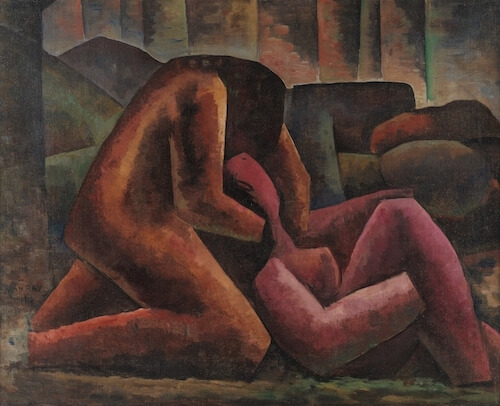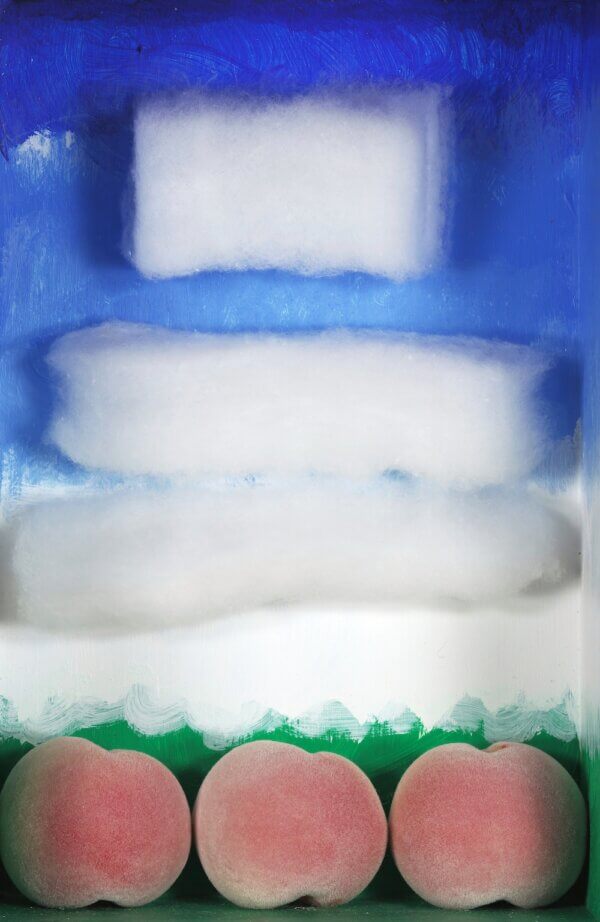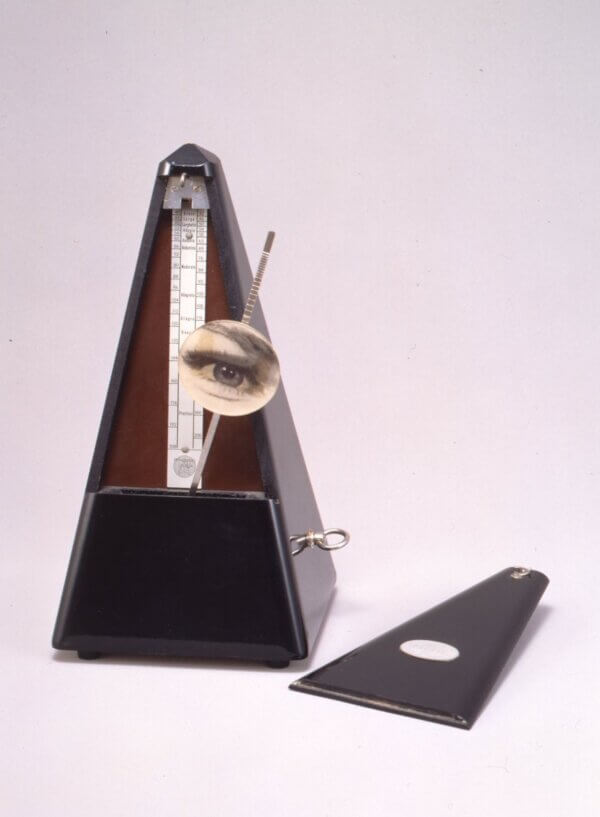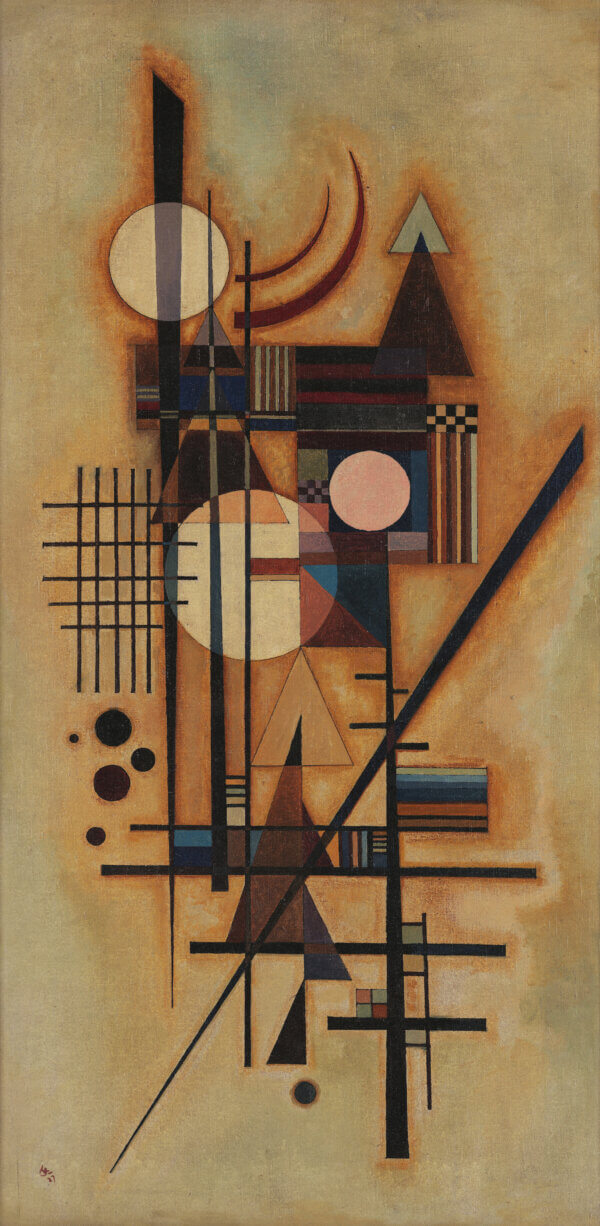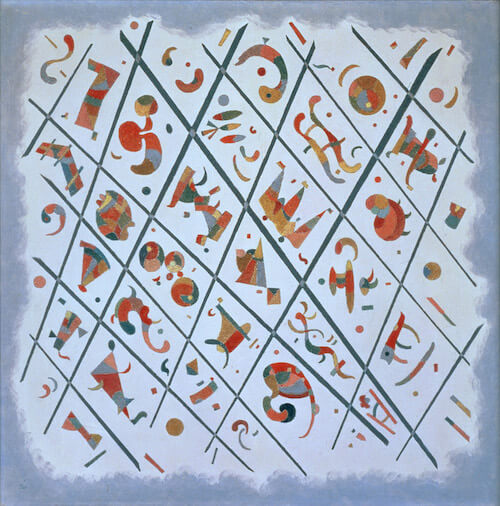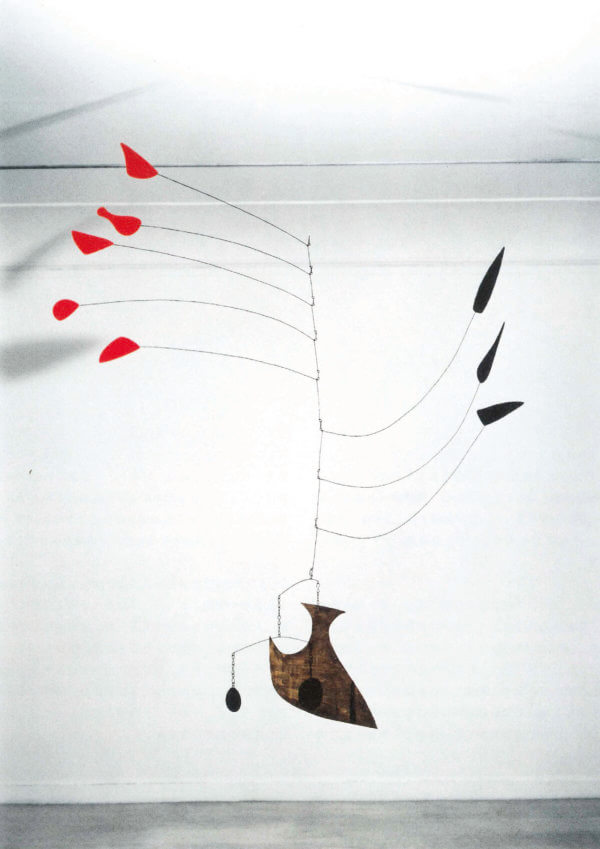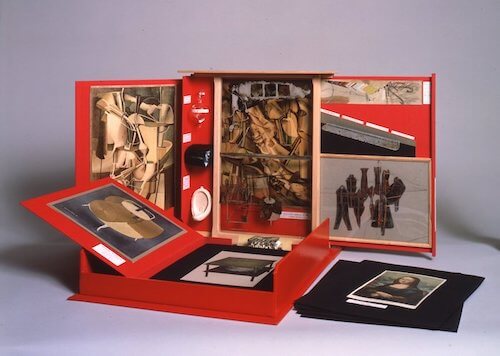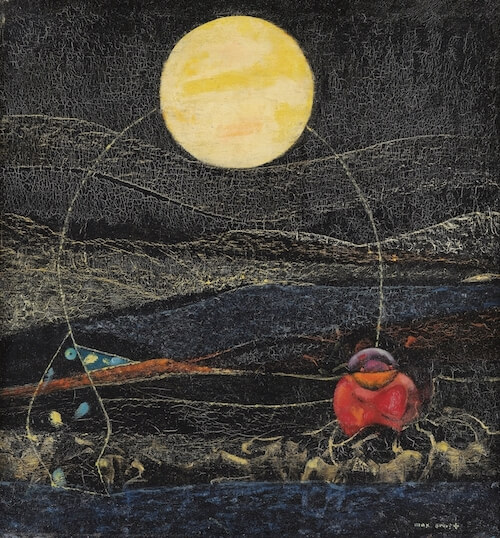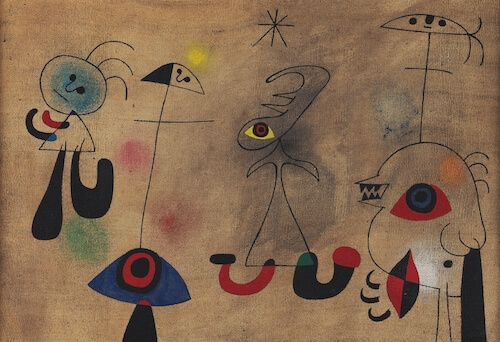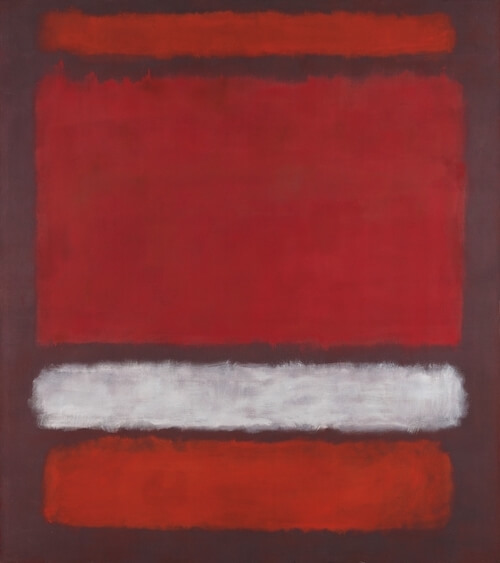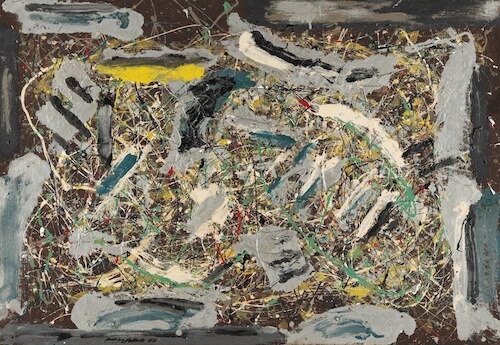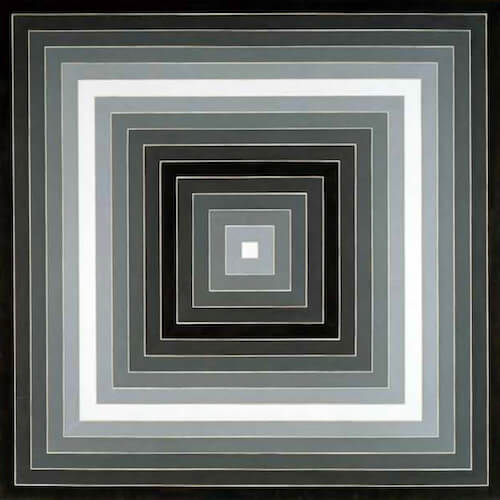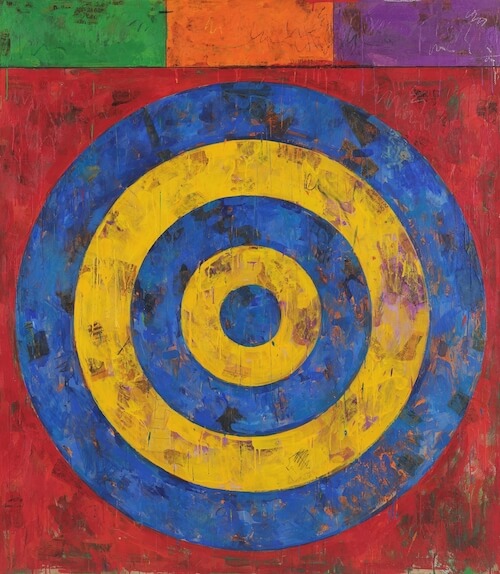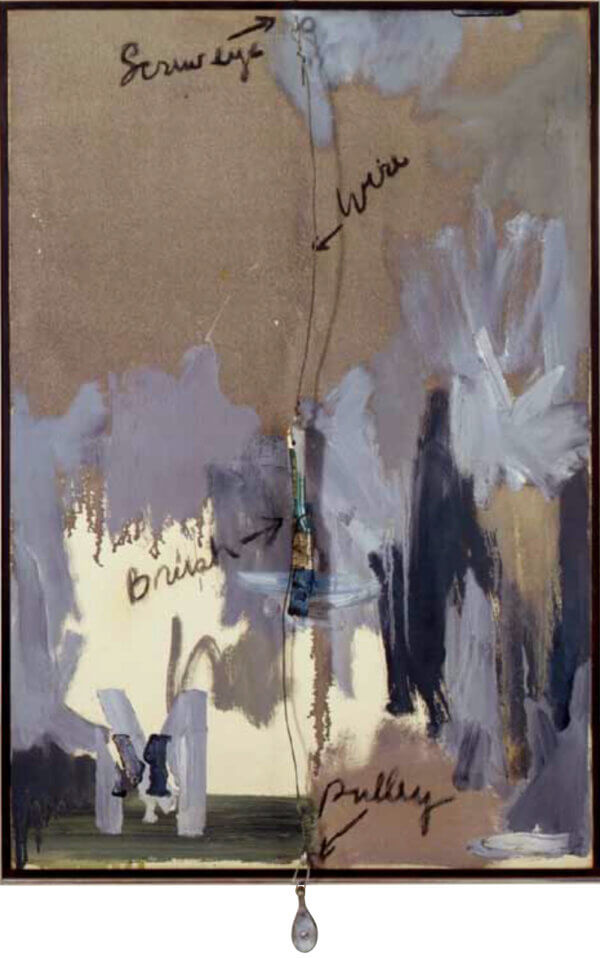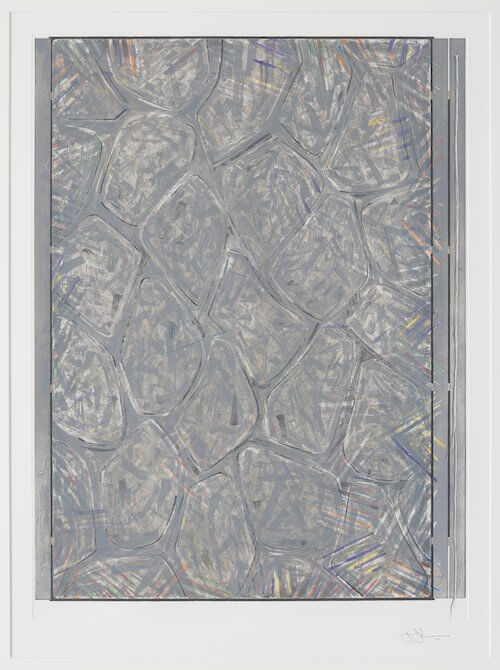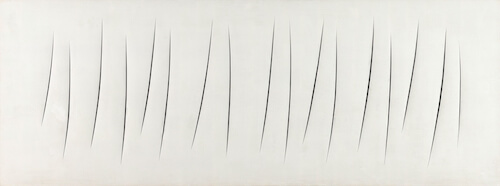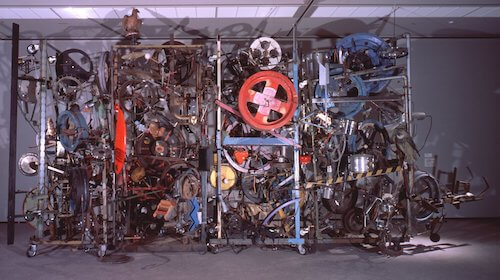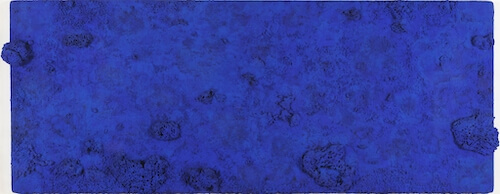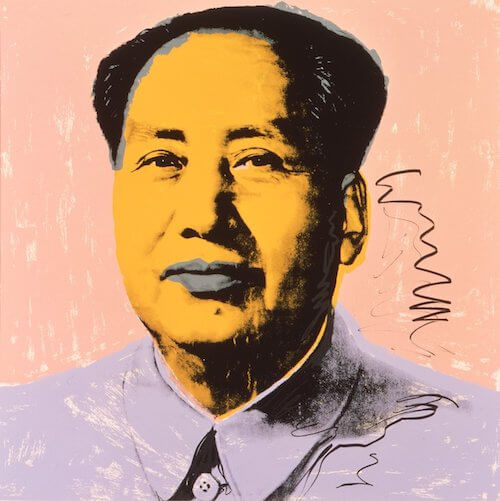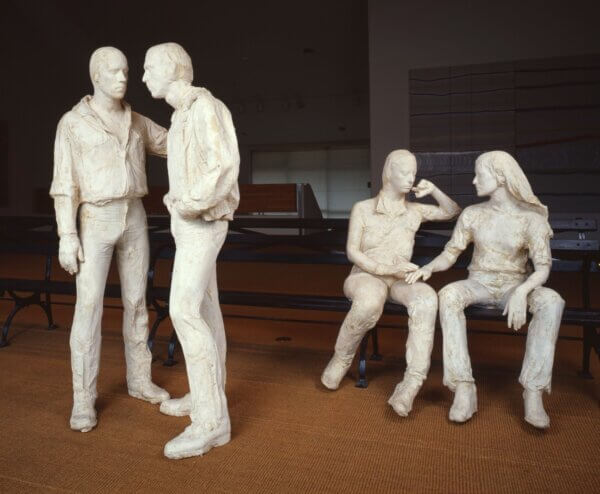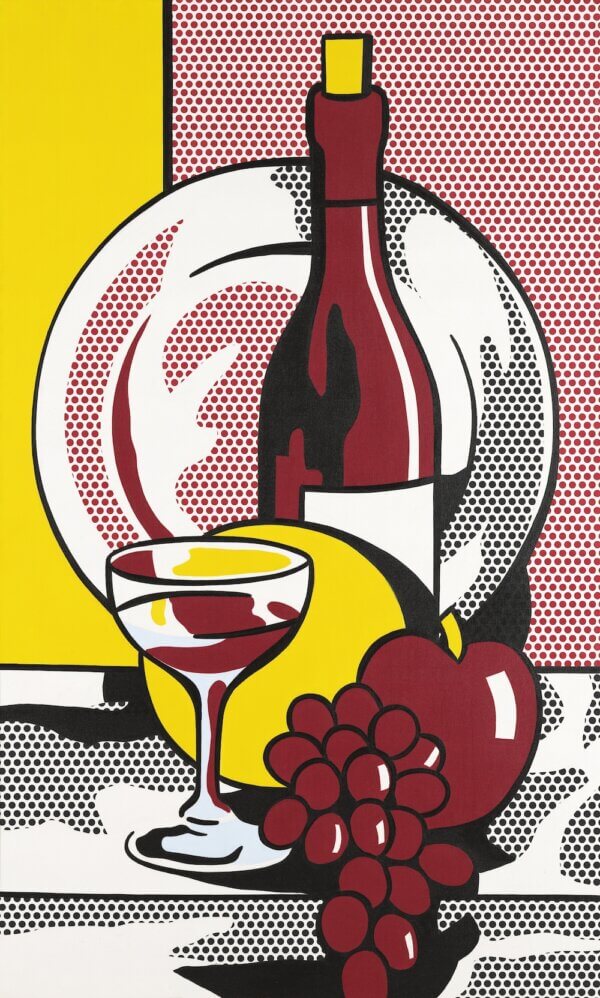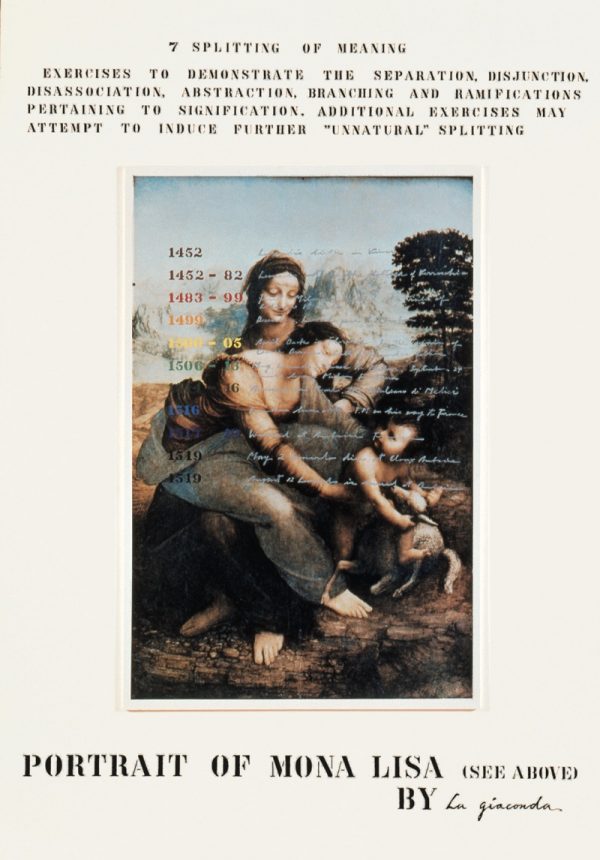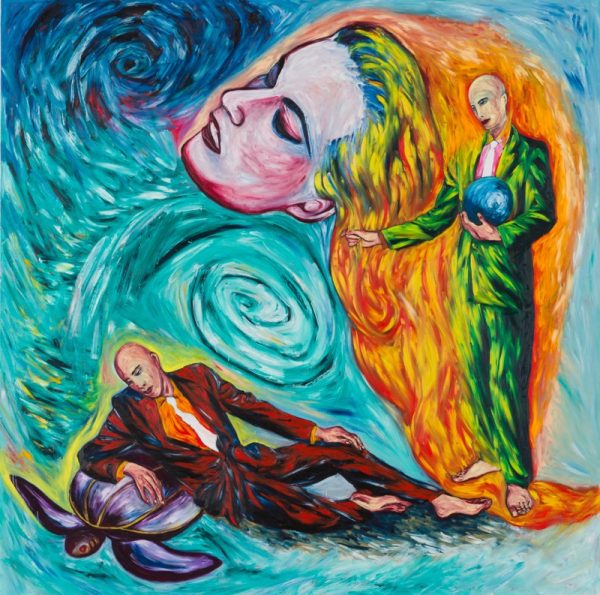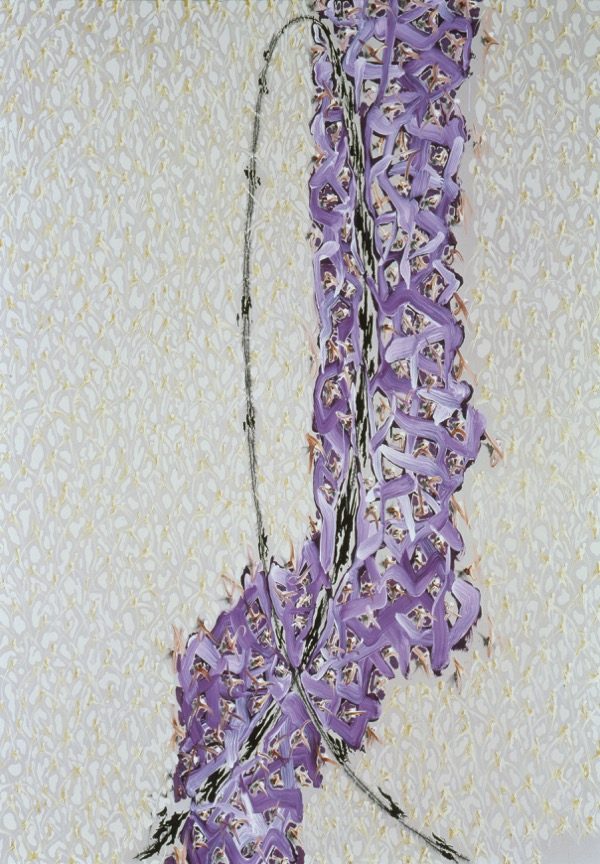The Beginning of the collection
Our collection has mainly been formed through exhibitions held at the 8th floor event space of Seibu Department Store Ikebukuro, The Seibu Museum of Art, and Sezon Museum of Art.
The first encounter between Seibu Department Store and contemporary art was the “Paul Klee” exhibition in 1961 (held at the 8th floor event space of Seibu Department Store Ikebukuro). This exhibition, featuring over 100 works from the collection of the Bern Museum of Fine Arts, was the first Klee exhibition in Japan. It provided an opportunity to introduce and popularize Klee, who was not yet widely known in Japan. The Arktische Tau(1920), held in our collection, depicts an imaginary Arctic landscape by Klee, who traveled extensively throughout his life. It portrays the beautiful undulations resembling the aurora, rhythmical mountain-shaped icebergs, and two suns represented by two circles (the reflection of the sun in the sky on the surface of melted ice) in delicate melting colors. In addition to Arktische Tau, our collection also includes three other works: Sirenen-Eier (1939), Geist im Baum(1923), and Büste (1922).
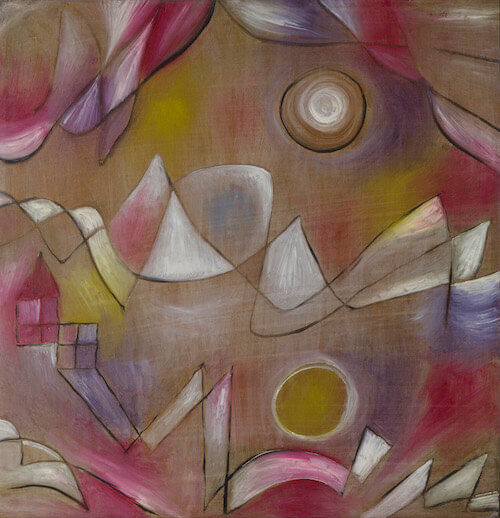
Paul Klee, "Arktische Tau", 1920
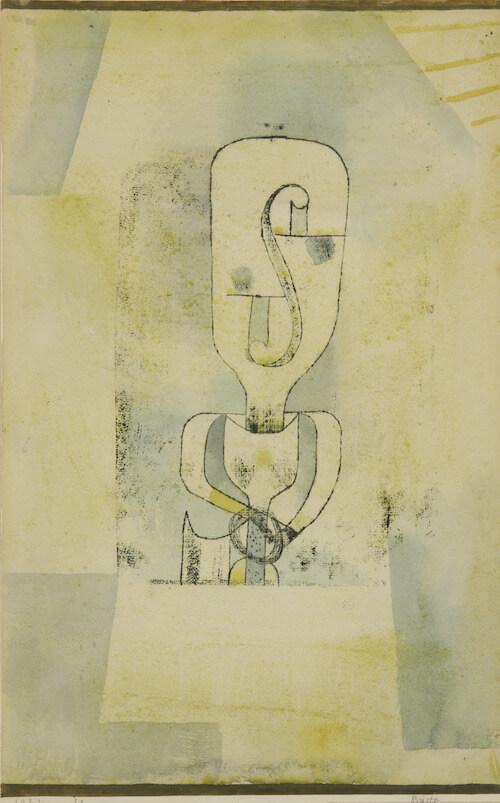
Paul Klee, "Büste", 1922
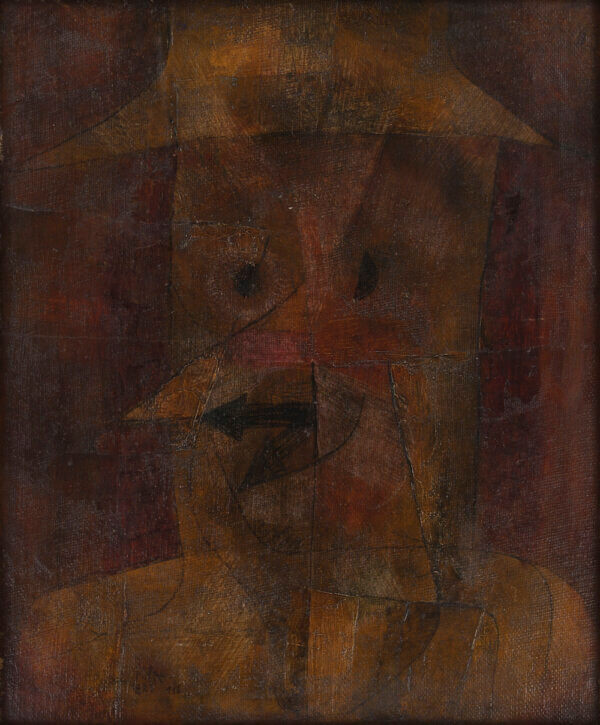
Paul Klee, "Geist in Baum", 1923

